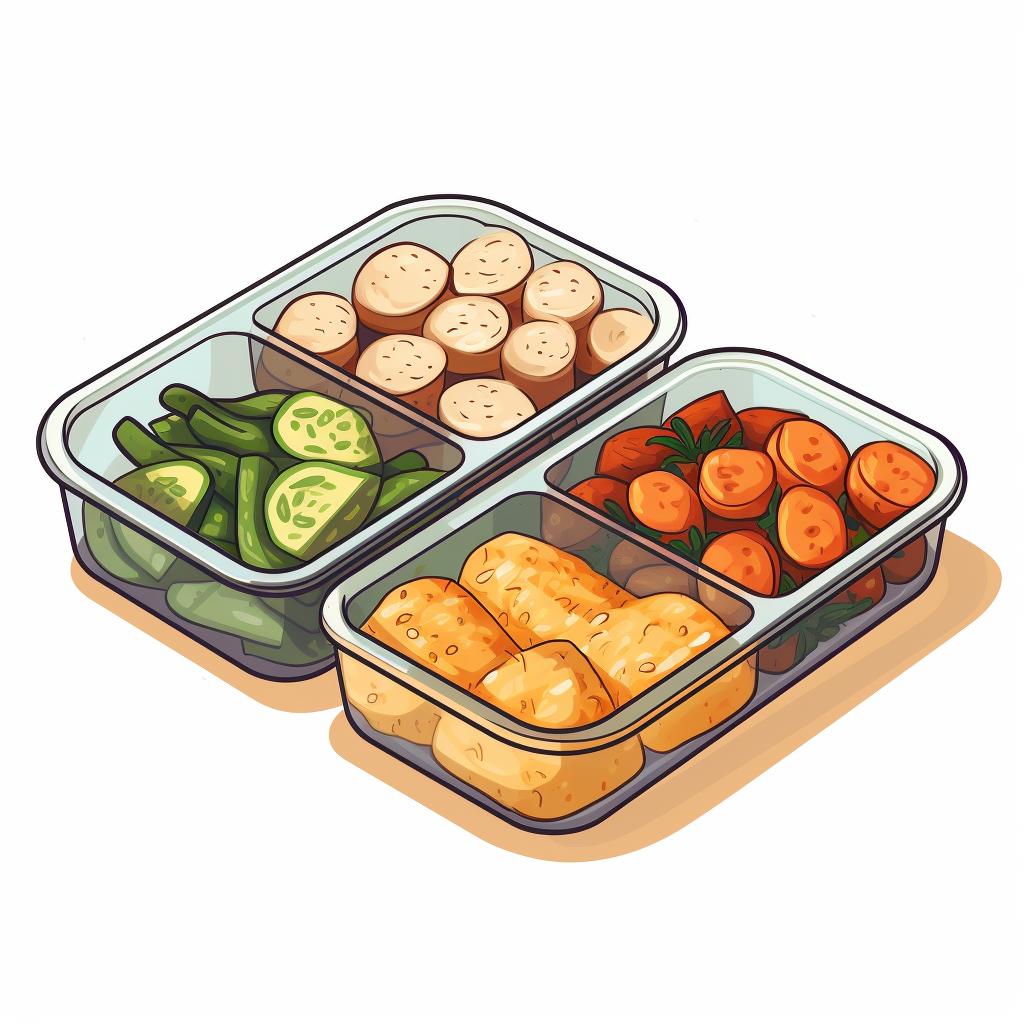🥦 Creating a Balanced Diet Plan: A Step-by-Step Guide 🥗
Embarking on a journey towards a healthier lifestyle can be daunting, but with the right tools and knowledge, it can be a rewarding and transformative experience. Our step-by-step guide above provides a comprehensive roadmap to creating a balanced diet plan. But let's delve deeper into some of these steps to better understand their importance and how they can be integrated seamlessly into your daily routine.
Step 1: Understand Your Caloric Needs
Knowing your caloric needs is the foundation of any diet plan. It's essential to understand that each person's needs are unique, influenced by factors like age, gender, weight, and activity level. Our guide on what a healthy diet plan looks like for you provides further insights into determining your daily caloric needs.
Step 2: Choose Nutrient-Dense Foods
Choosing nutrient-dense foods is a cornerstone of healthy eating. These are foods that pack a lot of essential nutrients without adding unnecessary calories to your diet. Fruits, vegetables, lean proteins, whole grains, and healthy fats are all excellent choices. For more tips on selecting nutrient-dense foods, check out our guide on the key components of a healthy eating plan.
Step 3: Practice Portion Control
Even when eating healthy foods, portion control is crucial. It's easy to overeat when you don't measure your portions accurately. Our guide on how to start eating healthy offers practical tips on portion control and other essential habits for a healthier lifestyle.
Step 4: Stay Hydrated
Hydration plays a vital role in overall health, aiding digestion and helping control calorie intake. Drinking plenty of water throughout the day is a simple yet effective step towards a balanced diet.
Step 5: Plan and Prep Meals
Planning and prepping meals in advance is a game-changer for sticking to a balanced diet. It helps you avoid resorting to unhealthy, convenient options when you're busy or tired. Learn more about meal planning in our guide on creating a healthy meal plan.
Step 6: Adjust and Monitor
Lastly, remember that maintaining a balanced diet is a journey, not a destination. It's essential to monitor your progress and adjust your diet plan as needed. Our guide on choosing a diet plan for healthy eating offers advice on making necessary adjustments to your diet plan.
With these steps and resources, you're well on your way to creating a balanced diet plan that suits your needs and lifestyle. Remember, the journey to healthier eating is a marathon, not a sprint. Take it one step at a time, and before you know it, these healthy habits will become second nature.


















